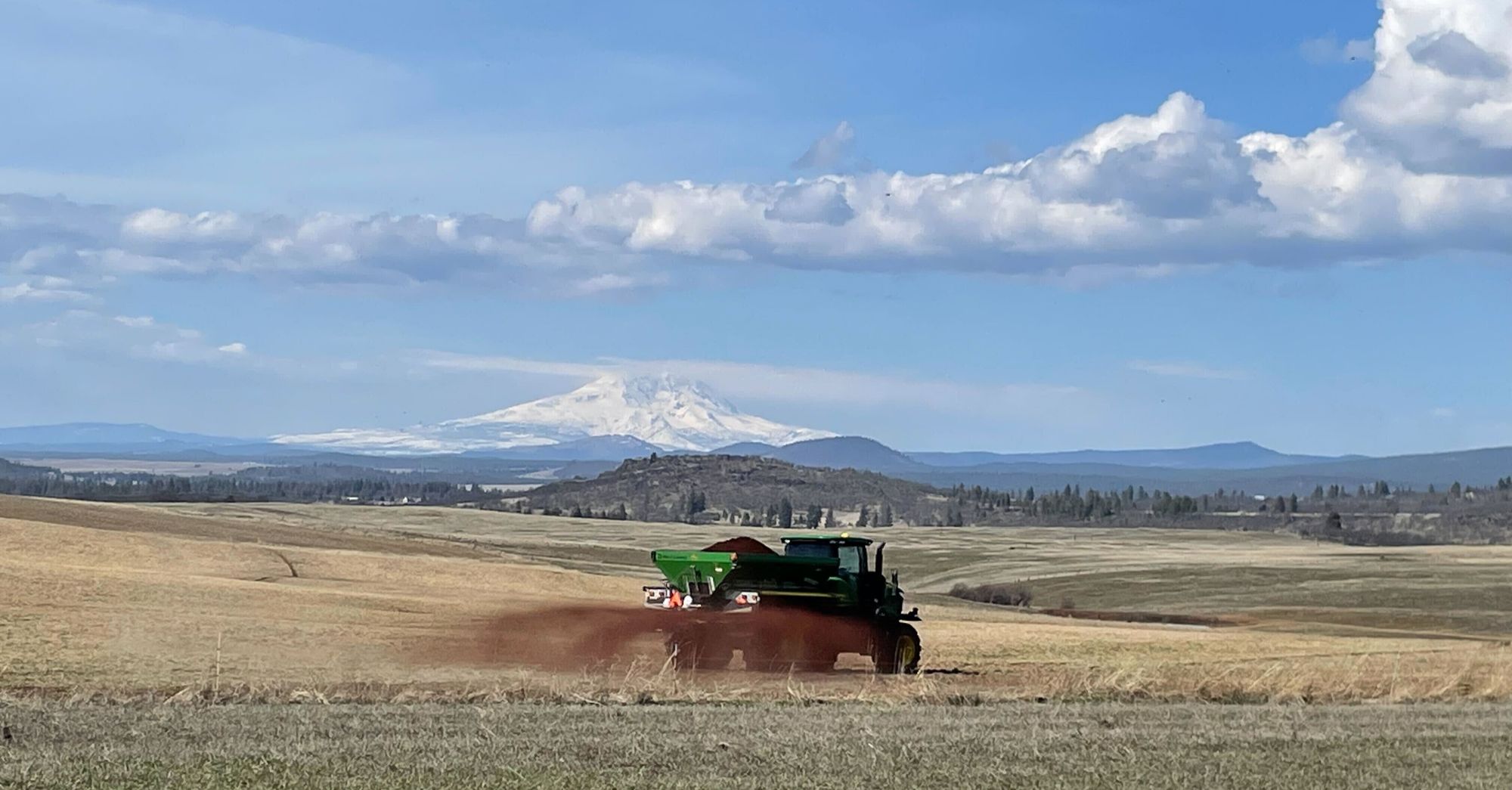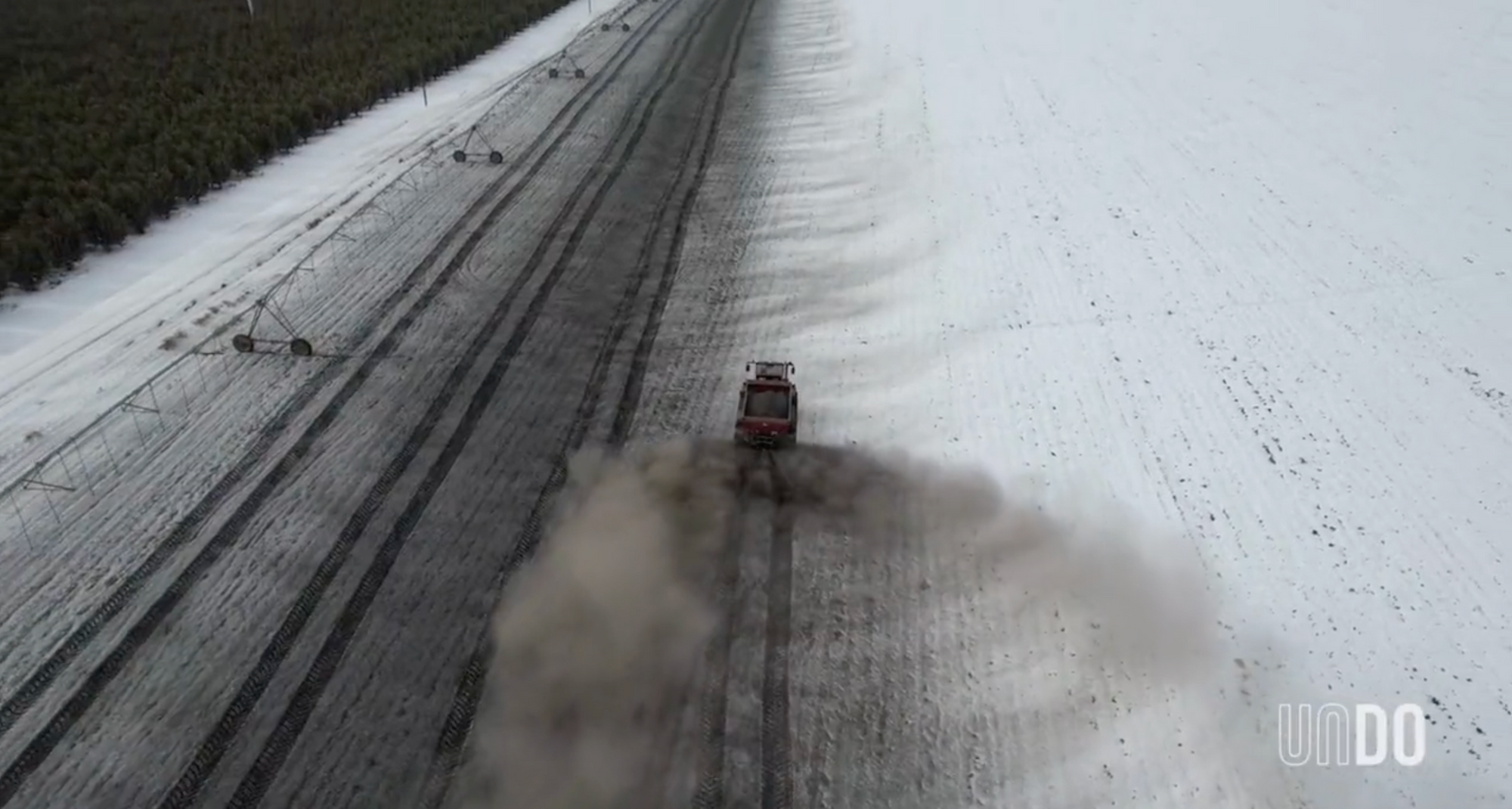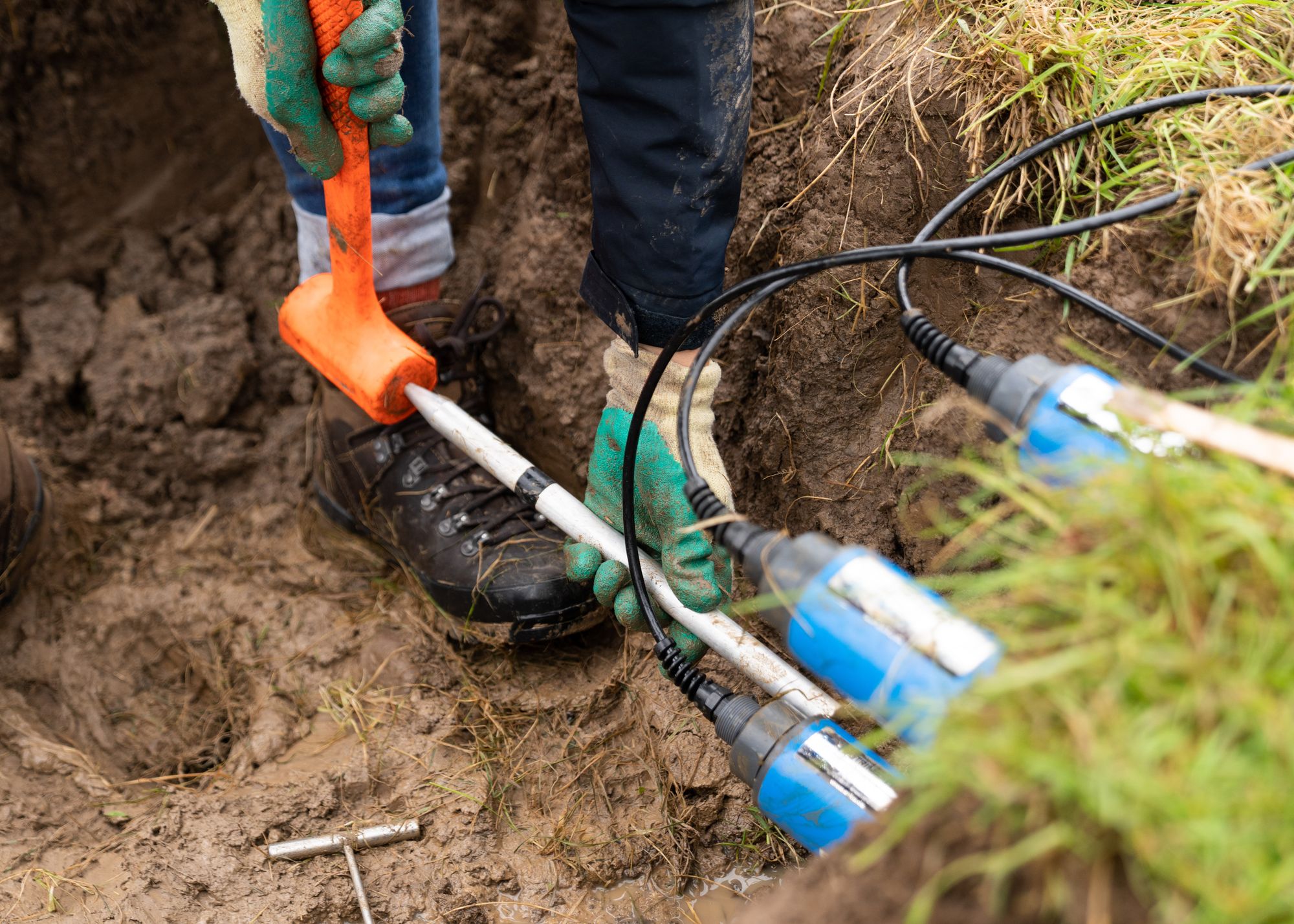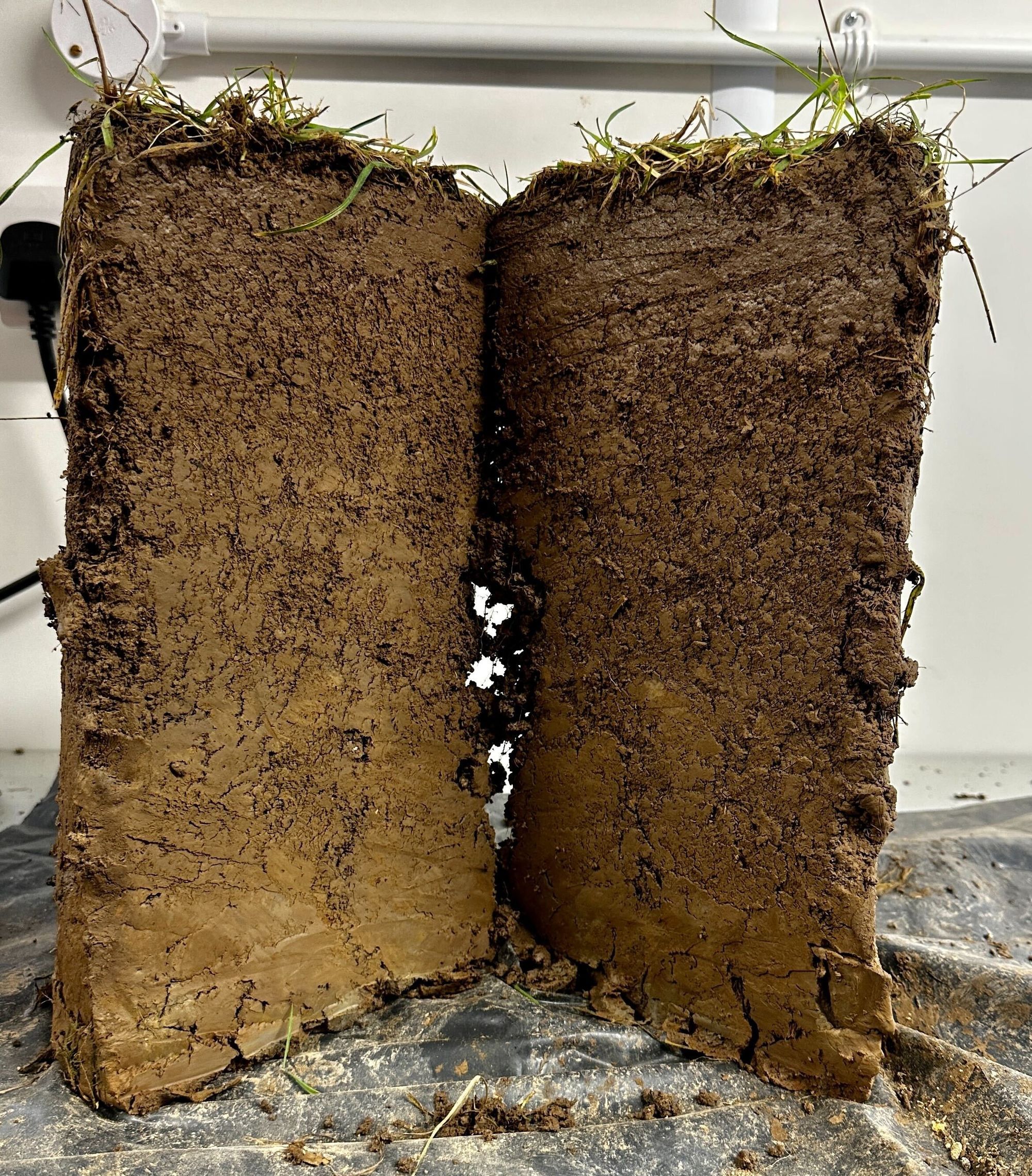Mineral Weathering is on track to remove 1 million tons of CO₂ by 2025
The project is making strides towards permanent carbon removal solutions, and major corporations are taking notice.

Just the gist
Short on time? Here’s what you need to know for this update:
- 🪨 Pulling 75,000 tons of CO₂ from the atmosphere per month — Our partners at UNDO Carbon sequester this amount by spreading 25,000 tons of crushed basalt every month. At this rate, they’ll remove 1 million tons of CO₂ by 2025.
- 🌧️ Enhanced rock weathering makes waves on the global carbon scene — UNDO Carbon has been recognized by the world's leading carbon crediting platform, and Microsoft follows in Wren’s footsteps again.
For more project updates, follow Wren on Twitter and Instagram.
If you need a refresher, UNDO put together a video explaining enhanced weathering, which you can watch here:
UNDO’s enhanced weathering is scalable, energy-efficient, and community-focused. They work with local contractors to spread crushed basalt rock using existing farm machinery on nearby agricultural land, and offer basalt rock free of charge to farmers. They even pay for and manage the spreading of it across their land!
Now, let’s jump into the updates.
Pulling 75,000 tons of CO₂ from the atmosphere per month
To reach the aggressive goals set by UNDO, our partner behind the Mineral weathering in Scotland project aim to spread 25,000 tons of crushed basalt each month—but they can’t do it without your help.
Since our last update from this project, they’ve managed to keep this pace, and they’re happy to share a few big projects with us:
Last month, they spread approximately 3,000 tons of crushed basalt rock on a 300-acre ranch in Goldendale. In December, they also spread approximately 1,750 tons of the basalt over 195 acres of land on a corn farm in Washington.

Mineral Weathering in Scotland ensures that the emissions of their operations do not exceed the carbon actually being removed.. To minimize their own carbon footprint, they operate around their quarry hubs (basalt extraction sites, where equipment, machinery, and resources are stored for easy access) and will expand operations as they find new quarry partners.
Their basalt dust is the main ingredient for a new, nature-based carbon removal technology called enhanced rock weathering (ERW), which is designed to permanently lock away CO₂ from the atmosphere. Although there is limited scientific research on the global carbon removal potential of the technology, one study found that using ERW on croplands across the UK could deliver net carbon removal of 6–30 million tons of CO₂ per year by 2050.

We are grateful for the progress that Mineral Weathering in Scotland has made towards our shared goal and the transparency they provide about their operations. Together, we can combat climate change and make the world a better place.
Check out this podcast on Spotify to hear more from Jim Mann, UNDO’s CEO, on his ambitious goals for both the company and himself.
Updates on trials, lab-based experiments, and other studies
First, our partners at UNDO had their enhanced rock weathering (ERW) method recently recognized as an accredited CO₂ removal process by Puro.earth, the world's leading carbon crediting platform.
ERW permanently removes CO₂ from the atmosphere for over 100,000 years and is likely to be the first gigaton carbon removal solution. This marks a huge step forward in our shared mission to combat climate change through sustainable and permanent carbon removal solutions!

Some other exciting news—Microsoft is following in Wren’s footsteps for a second time. Last year, the technology giant added our Biochar in California partner to their own climate portfolio, and now they’ve added our Mineral weathering in Scotland project partner, purchasing 5,000 tons of carbon removal credits. We're proud to have been among the projects’ earliest supporters, and we need more major corporations to realize the value of carbon removal methods like mineral weathering.
Alongside their field trials and lab-based experiments, Mineral weathering in Scotland is also working on mesocosm studies to generate additional data.
A mesocosm is a small-scale artificial ecosystem, created in a controlled environment. It's an experimental set-up for researching how various stresses on ecosystems may be measured.
By comparing soil cores in pipes with and without basalt rock added, the team can explore rock weathering in a natural environment with controlled conditions. This information is essential to assess carbon removal models and further validate their geochemical weathering model.

The team has also developed very accurate models to predict how much CO₂ they can sequester. In-field sensors have been installed during their field trials to underpin, validate, and provide credibility to these models, and to enhanced weathering as a carbon removal tool. By taking both a lab-based and an in-field approach, they can build a wide and expansive data set.
That's all for this update! As always, thank you for your support.
— the Wren team 🧡

